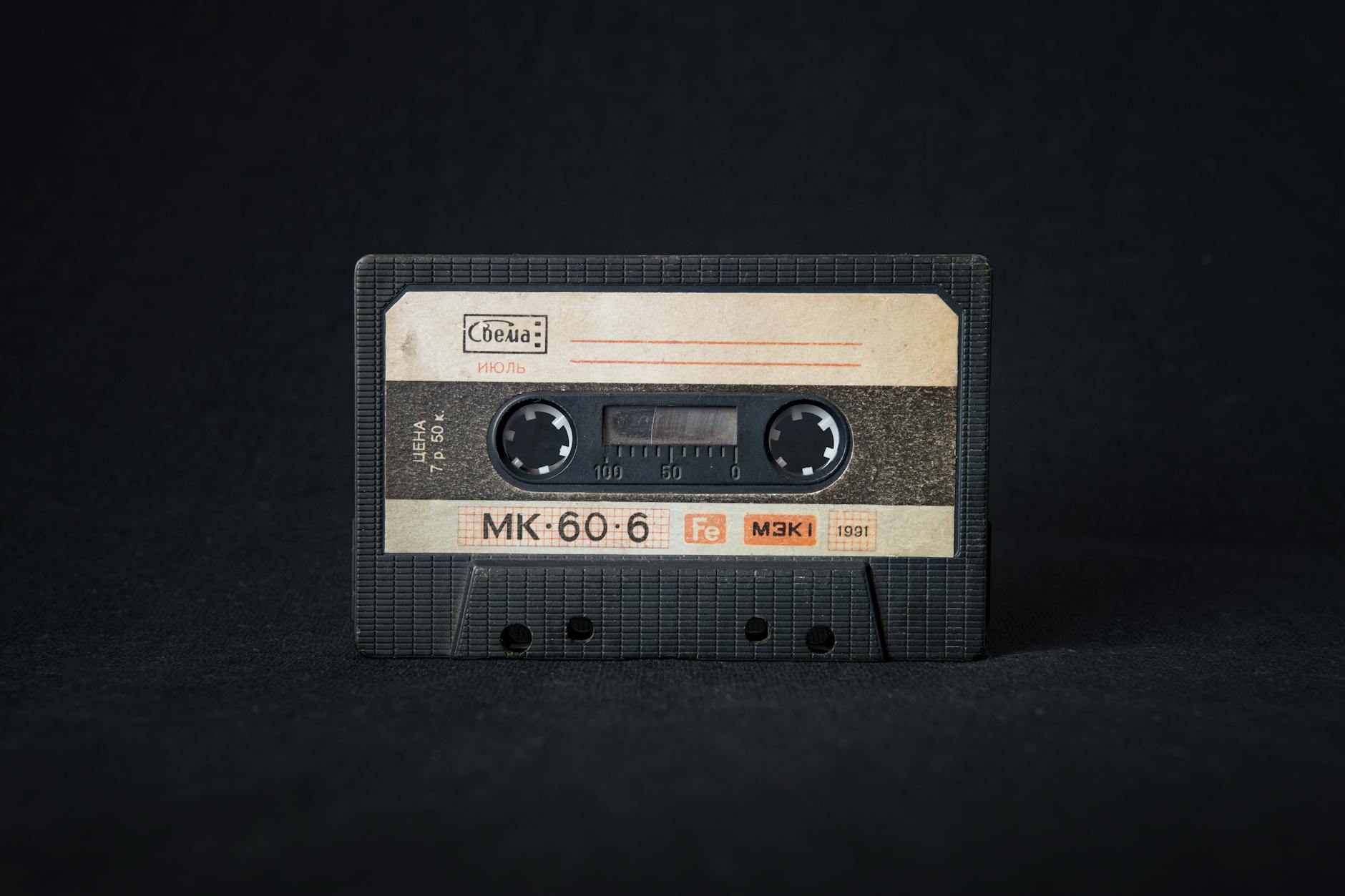Alright, you degenerate sonic architects. Let’s talk about crafting the unholy soundscapes that define death metal. Forget the fluffy corporate bullshit; this ain’t about catchy melodies and radio-friendly choruses. We’re diving headfirst into the abyss of guttural growls, pulverizing riffs, and the sheer, unadulterated brutality that makes death metal… well, death metal.
The Holy Trinity of Death Metal Production
There’s a trinity at the heart of this unholy pursuit: Microphone techniques, mixing, and mastering. Get any of these wrong, and your masterpiece ends up sounding like a cat fighting a badger in a blender. And trust me, nobody wants that. Not even on a particularly bad Tuesday.
Microphone Techniques: Capturing the Chaos
Think of your microphones as weapons. They’re your tools for capturing the raw, untamed energy of your musicians. You’re not aiming for pristine clarity here; you need that aggressive, visceral feel. Experiment with different mic placements—get close and personal with those instruments for that gnarly, up-front sound. Some producers swear by dynamic mics like the Shure SM57 for guitars, while others favor condenser mics for cymbals to capture that shimmering, atmospheric aspect. But hey, rules are meant to be broken, right? Especially in death metal.
Consider experimenting with different microphone techniques. Maybe try using ribbon mics for a more vintage, slightly darker tone; you might be surprised by the results. It’s about finding the sound that screams YOUR vision. Don’t just blindly follow trends; forge your own path to sonic destruction.
Mixing: Weaving the Tapestry of Terror
Mixing is where the magic—or the massacre—happens. This is where you take all those individual tracks and forge them into a cohesive, brutal whole. It’s a delicate balancing act. You need to ensure each instrument cuts through the mix without losing its character. The bass should be deep and thunderous, the drums should hit like a sledgehammer, and the guitars should shred with savage precision. It’s a violent symphony of sounds you’re crafting, and you must maintain control over the chaos.
EQ is your best friend here. Learn to use it aggressively and don’t be afraid to sculpt the sound. Compression will help you tame those unruly peaks and add punch to your instruments. But remember, subtlety is for the faint of heart. This is death metal, not chamber music.
Mastering: The Final Ritual
Mastering is the final, crucial step in the process. It’s where you polish the raw mix, ensuring it translates well across different playback systems. You’re not adding creativity here; this is where technical skill comes in. Loudness is a factor, but clarity and consistency are paramount. A well-mastered track will sound powerful and impactful regardless of the listening environment.
Many engineers use digital audio workstations (DAWs) such as Logic Pro X, Ableton Live, or Pro Tools for mastering. The best DAW for your workflow will depend on individual preferences, but the key is to get proficient with whatever software you choose. This guide from Sound on Sound is a good starting point if you’re just beginning. Remember that even with a great mix, a poor master will ruin everything.
Beyond the Basics: Crafting Your Signature Sound
The techniques mentioned above are crucial, but they’re just the beginning. You need to cultivate a signature sound that’s distinctly yours. Listen to your favorite death metal bands—dissect their sound, figure out what makes them tick. Then, twist it, distort it, make it your own. Think of it like brewing the perfect cup of coffee—you need the right beans, the right grind, and the right brewing method to achieve the desired flavor profile. It’s the same with death metal production. Find the perfect blend of techniques and elements to make your music unique.
Experiment with different effects, like distortion, reverb, delay, and chorus. These effects will help you create a unique sonic identity that screams your vision. Don’t forget the power of dynamics. There should be contrasts, not just walls of sound. A well-paced track will create a more impactful experience. It’s about crafting a visceral and captivating sonic experience for the listener.
And remember, even if you’re a seasoned pro, there’s always more to learn. The world of music production is constantly evolving. Keep learning, keep experimenting, and keep pushing the boundaries of what’s possible.
Need a mug to fuel your creative process? Grab our Doge mug—it’ll help you channel your inner chaos.
Finally, remember that this is a journey, not a race. Take your time, experiment, and most importantly, have fun. Creating death metal is a cathartic process. Embrace the chaos, and let your creativity run wild. This academic article explores the power of death metal’s impact on the listener’s experience.


